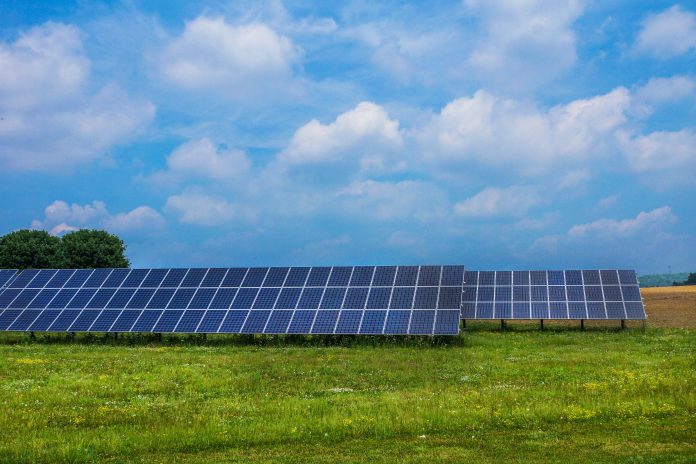U.S. solar industry employment declined in 2017, while jobs increased in numerous states with emerging solar markets, according to the National Solar Jobs Census 2017, the eighth annual report on solar employment released today by The Solar Foundation.
The Solar Jobs Census found that 250,271 Americans work in solar as of 2017, representing a 3.8 percent decline, or about 9,800 fewer jobs, since 2016. This is the first year that jobs have decreased since the Solar Jobs Census was first released in 2010.
However, the long-term trend continues to show significant jobs growth. The solar workforce increased by 168 percent in the past seven years, from about 93,000 jobs in 2010 to over 250,000 jobs in 2017.
Additionally, solar jobs increased in 29 states and the District of Columbia in 2017, including in many states with emerging solar markets.
California remains the state with the largest number of solar jobs nationwide, but jobs in California decreased 14 percent in 2017.
Other key findings from the National Solar Jobs Census 2017 include:
Demand-side sectors (installation, sales & distribution, and project development) make up almost 78 percent of overall solar industry employment, while manufacturing makes up 15 percent. Demand-side sectors lost approximately 7,500 jobs in 2017, while manufacturing lost about 1,200 jobs.
The solar industry is more diverse than comparable industries, but more needs to be done to ensure it is representative of the greater U.S. population. Women made up 27 percent of the solar workforce in 2017, down 1 percent from 2016. Veterans made up 9 percent of solar workers, which is 2 percent more than the overall U.S. workforce.
Solar employs twice as many workers as the coal industry, almost five times as many as nuclear power, and nearly as many workers as the natural gas industry. (These comparisons with other industries are based on 2016 jobs numbers, the most recent data available for an apples-to-apples comparison.)
This year’s Census survey included approximately 59,300 phone calls and over 35,000 emails. Information was gathered from 2,389 establishments, of which 1,842 completed or substantially completed the survey. This level of sampling rigor provides a margin of error of +/- 1.25% for the national employment numbers.
The complete National Solar Jobs Census can be found at SolarJobsCensus.org.
“Minnesota has led the nation in the development of renewable energy,” said Minnesota Governor Mark Dayton. “Thanks to Minnesota’s strong commitment to clean energy, our solar workforce grew by 48 percent last year. We will continue doing everything we can to protect our environment and our health, while building an even stronger clean energy economy in Minnesota.”
“Utah is blessed with abundant and diverse energy resources—including excellent solar potential,” said Utah Governor Gary Herbert.“Solar deployment complements Utah’s ongoing commitment to delivering clean, innovative, sustainable energy development across its many resources and providing economic opportunities and jobs across the state.”
“Solar power enhances environmental protection and health and helps accelerate economic growth,” said Colorado Governor John Hickenlooper. “Colorado is a great home for the solar industry and we value those companies that find our state a good place for business. We have to give credit to the innovative plans that have captured the interest of the solar industry, making Colorado one of the top states in solar deployment.”
“We’re proud of our work to support the development of solar energy in Pennsylvania, and our commitment to building a diverse and robust clean energy sector, which helps stimulate the economy and creates jobs,” said Pennsylvania Governor Tom Wolf. “We will continue to advance Pennsylvania’s role as a leader in renewable and clean energy innovation.”











